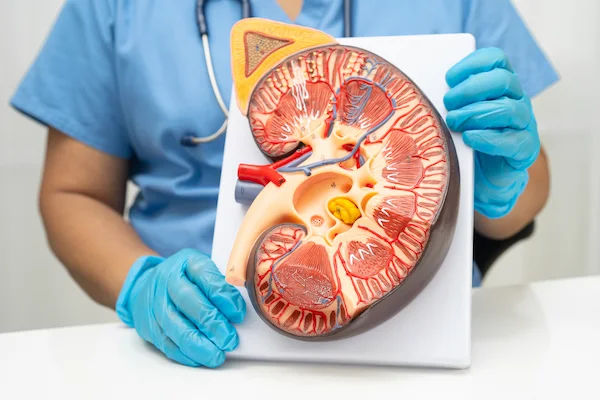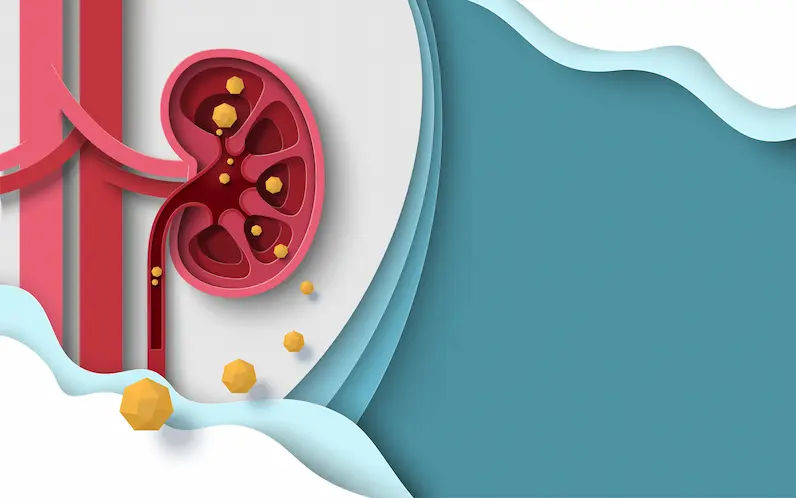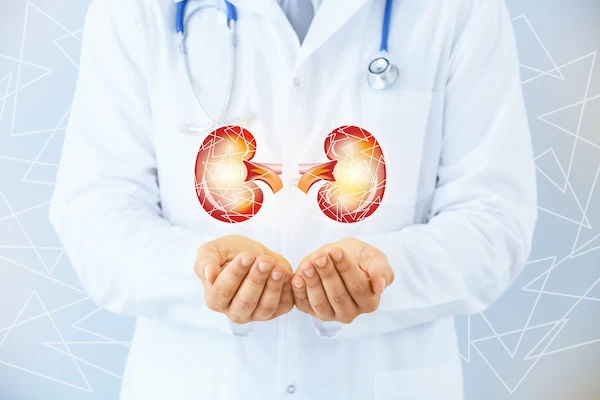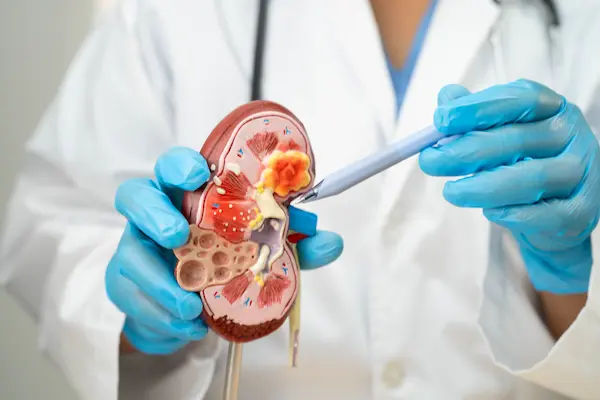Guide to All You Need Know About Kidney Stones Infographic
Discover everything you need to know about kidney stones with our comprehensive infographic guide – causes, symptoms, prevention tips, and treatment options explained clearly.

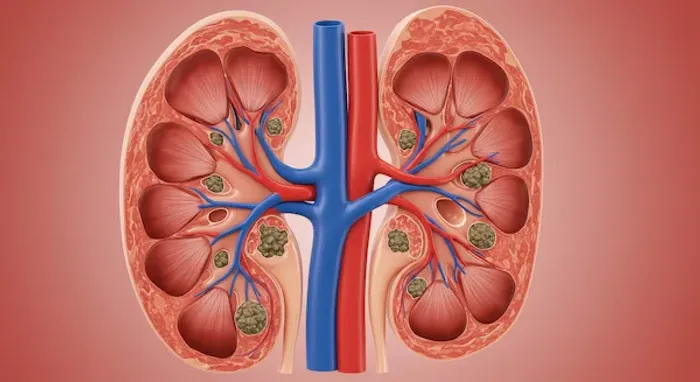
Introduction
That sudden, excruciating pain in your back or side—often described as one of the most severe pains a person can experience—might be your first sign of a kidney stone. These tiny, hard mineral deposits form in your kidneys and can cause a world of hurt as they travel through your urinary tract. But what exactly are they, and why do they cause such agony? More importantly, how can you prevent them from recurring? This visual guide breaks down everything you need to know about kidney stones, from their formation and symptoms to modern treatment options and effective prevention strategies. We’ll use clear, infographic-style explanations to turn a complex medical topic into actionable knowledge, empowering you to take control of your urinary health. Whether you're seeking answers for yourself or a loved one, consider this your comprehensive roadmap to understanding and overcoming kidney stones.
What Exactly Are Kidney Stones?
Kidney stones, medically known as nephrolithiasis or renal calculi, are solid masses made of crystals. They originate in your kidneys but can migrate to other parts of your urinary tract, including the ureters (the tubes connecting the kidneys to the bladder) and the bladder itself. Think of them as tiny, jagged pebbles forming inside your body. Their size can vary dramatically, from a grain of sand to a pea, and in rare cases, they can grow as large as a golf ball.
How Do Kidney Stones Form?
The process begins when your urine contains more crystal-forming substances—such as calcium, oxalate, and uric acid—than the fluid in your urine can dilute. At the same time, your urine may lack substances that prevent crystals from sticking together, creating an ideal environment for kidney stones to form. It’s a simple equation: high concentrations of minerals + low urine volume = a higher risk of stone formation. This is why dehydration is the number one culprit behind most stones.
The Four Main Types of Kidney Stones
Not all kidney stones are created equal. Knowing the type you have is crucial for effective treatment and prevention.
Calcium Oxalate Stones (The Most Common)
Accounting for about 80% of stones, these are formed from calcium combined with oxalate. High-oxalate foods like spinach, nuts, and tea are often contributors, but the story is more nuanced. The body also produces oxalate, and sometimes, even with a moderate diet, stones can form due to other metabolic factors.
Uric Acid Stones
These form when urine is persistently acidic, a common issue for people who eat a high-protein diet, have gout, or are dehydrated. Unlike calcium stones, uric acid stones may not always be visible on a standard X-ray but can be seen on a CT scan.
Struvite Stones
These less common stones are often related to chronic urinary tract infections (UTIs). Certain bacteria make the urine less acidic and more alkaline, promoting the formation of struvite stones. They can grow quickly and become quite large, sometimes filling the entire kidney (a "staghorn" calculus).
Cystine Stones
These are rare and caused by a hereditary disorder called cystinuria, which leads to an excessive leakage of the amino acid cystine into the urine. Because cystine doesn't dissolve well in urine, it crystallizes and forms stones.
Consult an General Physician
Are You at Risk? Key Kidney Stone Risk Factors
Certain factors can significantly increase your likelihood of developing stones.
Dietary Habits That Increase Risk
Low Fluid Intake: This is the biggest risk factor. Not drinking enough water leads to concentrated urine.
High-Sodium Diet: Excess salt in the diet increases the amount of calcium your kidneys need to filter, raising stone risk.
High Oxalate or Protein Diet: As mentioned, diets rich in animal protein or oxalate can contribute to specific stone types.
Medical and Genetic Factors
A personal or family history of kidney stones is a strong predictor. Other conditions like obesity, digestive diseases (e.g., Crohn's), and certain metabolic disorders also elevate risk. If you've had one stone, you have about a 50% chance of developing another within 5-10 years without preventive measures.
Recognizing the Signs: Kidney Stone Symptoms
Stones that are sitting quietly in the kidney often cause no symptoms. The trouble begins when they start to move.
The Classic Symptom: Renal Colic
This is the severe, cramping pain that occurs as a stone blocks the ureter. The pain typically comes in waves, radiating from the back and side to the lower abdomen and groin. It's often described as sharper and more intense than labor pains.
Other Tell-Tale Signs
Hematuria: Pink, red, or brown blood in the urine.
Painful Urination: A burning sensation when you urinate.
Nausea and Vomiting: A common response to severe pain.
Persistent Urge to Urinate: Feeling like you need to go constantly.
Fever and Chills: This can indicate an infection, which is a medical emergency.
> If you experience severe pain accompanied by fever and chills, seek immediate medical attention. You can consult an emergency doctor online with Apollo24|7 to assess the urgency, but go to a hospital if symptoms are severe.
How Are Kidney Stones Diagnosed?
If a kidney stone is suspected, your doctor will use several methods to confirm it.
Imaging Tests: CT Scans, X-rays, and Ultrasounds
A non-contrast CT scan of the abdomen and pelvis is the gold standard as it can detect nearly all types of stones and show their exact size and location. Ultrasounds are also commonly used, especially for pregnant women, as they avoid radiation.
The Importance of Urine and Blood Analysis
A 24-hour urine collection test is critical for prevention. It analyzes the volume, pH, and levels of stone-forming minerals, helping your doctor tailor a specific prevention plan. Blood tests can check for high calcium or uric acid levels. Apollo24|7 offers convenient home collection for these tests, making the diagnostic process smoother.
Treatment Options: From Passing to Procedures
Treatment depends entirely on the stone's size, location, and type.
Passing Small Stones Naturally (Conservative Management)
Stones smaller than 5mm often pass on their own. Doctors recommend drinking a lot of water (2-3 quarts a day) and may prescribe pain relievers. Staying active can also help move the stone along.
Medical Expulsive Therapy (MET)
For stones between 5mm and 10mm, medications like alpha-blockers can relax the muscles in the ureter, making it easier for the stone to pass.
Procedures for Larger Stones
When stones are too large to pass, cause unbearable pain, block urine flow, or cause an infection, a procedure is necessary.
Shock Wave Lithotripsy (SWL)
This non-invasive procedure uses high-energy sound waves to break the stone into tiny fragments that can then be passed in your urine. It's best for stones smaller than 2cm located in the kidney.
Ureteroscopy (URS)
A thin scope is passed through the urethra and bladder into the ureter. The surgeon can see the stone and use a laser to break it up or remove it with a small basket. This is highly effective for stones lodged in the ureter.
Percutaneous Nephrolithotomy (PCNL)
For very large stones (greater than 2cm), a small incision is made in the back, and a telescope is inserted directly into the kidney to remove the stone. This is the most invasive option but necessary for complex cases.
Your Ultimate Guide to Preventing Kidney Stones
Prevention is always better than cure, especially with a high recurrence rate.
Hydration is Non-Negotiable
Aim for 2.5 to 3 liters of fluid per day, primarily water. Your urine should be light yellow or clear. This is the single most effective thing you can do to prevent all types of kidney stones.
Tailoring Your Diet to Your Stone Type
For Calcium Oxalate Stones: Don't cut calcium from your diet! Instead, reduce sodium and oxalate-rich foods. Calcium from food binds to oxalate in your gut, preventing it from reaching your kidneys—a key insight known as the "calcium paradox."
For Uric Acid Stones: Limit animal protein (red meat, organ meats, shellfish) and increase fruit and vegetable intake to make your urine less acidic.
Consult an General Physician
Conclusion
Navigating the world of kidney stones can be daunting, but understanding the causes, symptoms, and treatment options empowers you to take proactive steps. Remember, consistent hydration and a balanced diet are your first line of defense. If you experience symptoms or have a history of stones, don't hesitate to seek professional guidance. A doctor can provide an accurate diagnosis and help you develop a personalized plan to manage your risk and maintain optimal kidney health.
Consult an General Physician

Dr. J T Hema Pratima
General Practitioner
9 Years • MBBS
Chennai
Apollo 24|7 Clinic - Tamilnadu, Chennai
(325+ Patients)

Dr. Rajib Ghose
General Physician/ Internal Medicine Specialist
25 Years • MBBS
East Midnapore
VIVEKANANDA SEBA SADAN, East Midnapore

Dr. Chethan T L
General Physician/ Internal Medicine Specialist
5 Years • MBBS, MD, DNB (General Medicine)
Bengaluru
Apollo Medical Center, Marathahalli, Bengaluru

Dr. Anand Misra
General Physician/ Internal Medicine Specialist
14 Years • MBBS, DNB
Mumbai
Apollo Hospitals CBD Belapur, Mumbai

Dr P Jagadeesha Chandra
General Physician/ Internal Medicine Specialist
37 Years • MBBS, MD
Bengaluru
Apollo Hospitals Jayanagar, Bengaluru

